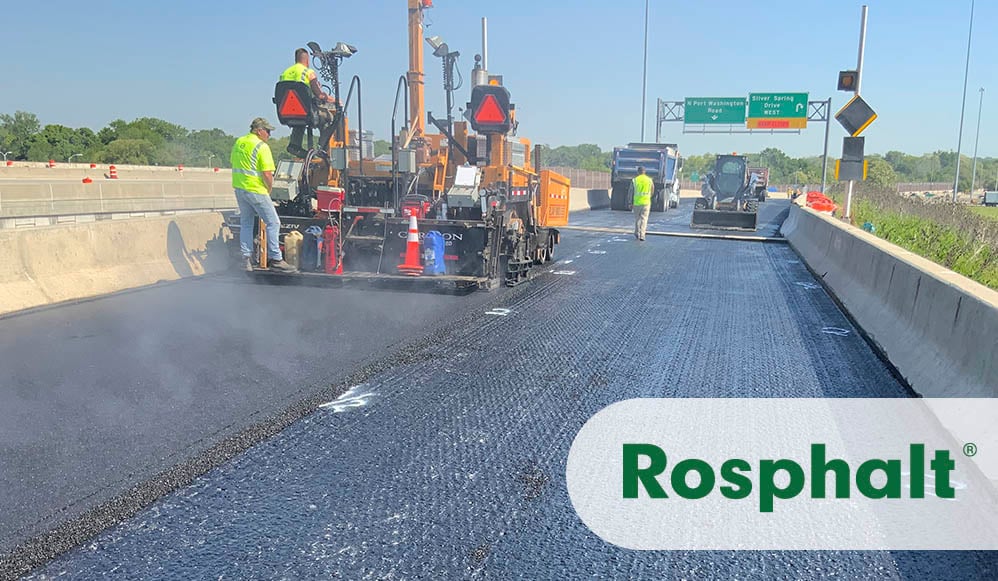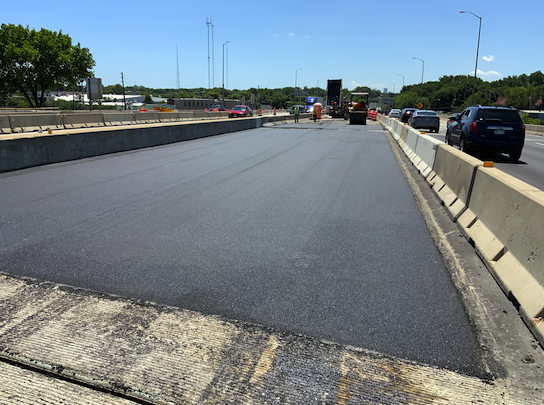A major bridge maintenance problem is the deterioration of the deck. Among the bridge preservation...
What is a bridge deck overlay and why is it important?
 Roadway bridge structures play significant roles in our lives. Have you ever counted the number of bridges you cross every day just going to work and then back home? For me, the count is 24 bridges from my home to my office. Bridges play a large role in our day-to-day activities and transportation requirements. Because the number of roadway bridges is so substantial, their construction and maintenance make up a sizeable portion of the budget of every state transportation agency.
Roadway bridge structures play significant roles in our lives. Have you ever counted the number of bridges you cross every day just going to work and then back home? For me, the count is 24 bridges from my home to my office. Bridges play a large role in our day-to-day activities and transportation requirements. Because the number of roadway bridges is so substantial, their construction and maintenance make up a sizeable portion of the budget of every state transportation agency.
Although the design and construction of bridges are appreciably complex engineering tasks, a bridge’s deck or travel surface is more common from the bridge to bridge. Substrates used on the bridge are limited mostly to concrete and steel or, in rare cases, wood. It’s the bridge decking surface that receives and distributes traffic loads and withstands climate changes.
Learn About Waterproofing Membranes
To protect bridge decks from roadway salt and water penetration, as well as to improve ride quality over the structure, bridge engineers seal the decks with a variety of waterproofing systems. This “overlay” material is most often installed during bridge rehab projects but also installed on new bridges as well.
 Image: Waterproofing with Asphalt Concrete Overlay
Image: Waterproofing with Asphalt Concrete Overlay
Related Article: Bridge Deck Preparation
There are different types of overlay materials used and their application depends on the type of bridge, its existing deck condition, and the geographic region in which the bridge is located. Some widely used overlay materials include
- latex modified concrete,
- sheet membranes, and
- liquid membranes
- polyester polymer concrete
- epoxy polymer system
- methacrylate sealers
- multi-layer polymer overlay
- dense concrete overlay,
- and polymer modified asphalt overlay.
Some of these overlays, such as sheet and liquid membranes, are applied underneath the asphalt “mat”. Whereas, other overlays, such as methacrylate sealers, are applied on top of the asphalt mat. Either way, both are applied to provide waterproofing and other performance features.
Related Article: Waterproofing Membranes: Protecting Vital Components of the Nation’s Bridges
For each overlay choice, the transportation agency looks for performance characteristics such as well as skid resistance, waterproofing, resistance to fatigue, resistance to the formation, smooth ride quality, and long service life.
The selected overlay product needs to bond well the substrate and remain resilient to years of bridge flexing and thermal movement without cracking. Further, ridges with orthotropic steel decking, which are lighter and more flexible than concrete decks, waterproofing, and flexibility characteristics of the overlay system are among the highest priority during selecting the material to be used.
There are several variables that can impact bridge construction projects. Chase Corporation can assist you with choosing the right solutions for your application.





